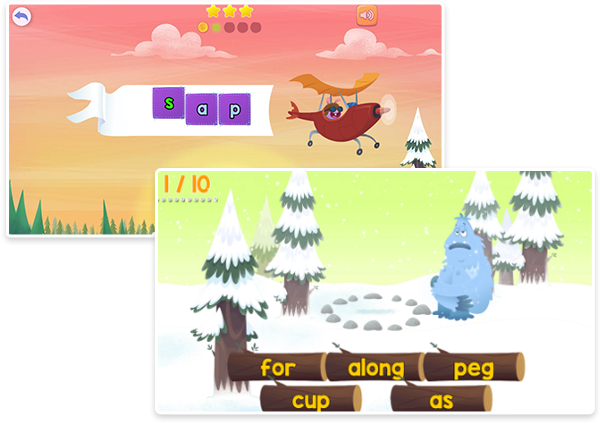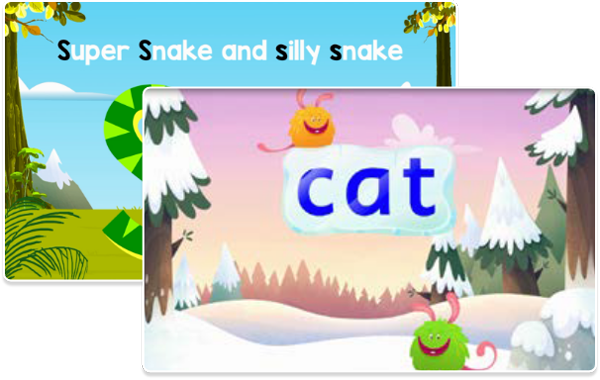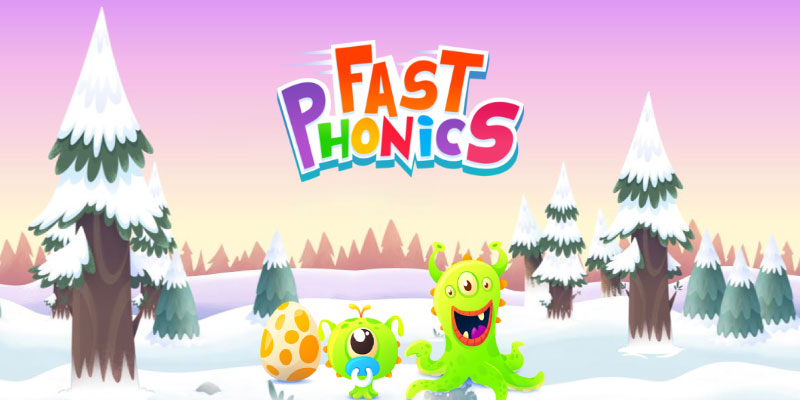Introducing Children to Phonetic Word Blends in a Phased & Systematic Manner
Phonics blending is a way for children to decode words. With phonics blending, students fluently join together the individual sound-spellings in a word. With a simple 2 or 3 letter word, children can start by sounding out each individual letter and eventually try to sound out the whole word by blending them all together. Students can start with one syllable words and from there, once they reach some comfort with spellings, they can start with two syllable words and so on.
Sometimes, few students – both beginners and struggling readers – do not rapidly pick up this blending skill. Yet, blending sounds to read words is the most important strategy for learning how to recognize words. The good news is that this solution is very simple even though it is not widely known.
It gets trickier as longer words start to appear, when sounds are ‘spelt’ with more confusing spelling patterns, and when there are ‘cluster’ sounds within a word which become harder to segment and blend.
This method of reading is best taught within small groups or to an individual on one-on-one basis, But here are some ways you can go about teaching blending with phonics:

- Carefully choose which words to start with: Words that are small and usable in a sentence are the best choices to make. Things to which you can point out to or that children know about are ideal. Simple 3 letter words like ‘cat’, ‘sit’, ‘jam’ or ‘mat’ can be used and later, when the children are used to this, 4 letter words such as ‘duck’, ’leaf’, or ’frog’ can be used. You can start with each individual letter spelt out and finally the whole word spoken by emphasizing on the syllables. Start with words that the children may know to relate to objects.
- Set examples: Tell students that you’ll model how to say each sound, blend the sounds together and read the word. Doing this will promote confidence and reassure your students that it is safe to make mistakes in this sort of a teaching environment and by having that confidence they will start to make progress much quicker. Make learning a game by using words that children are aware of and this will build rapport which will also help your teaching process.
- Blending: This is the part where you show the students to use this method. Drag out a word like ‘sit’ into ‘s-i-t’ while also doing the action so it is easier for the children to relate the action to the word.
- Ask the students to try reading the word from the board.
- Practice: Have students practice words on their own after modelling several examples. Some students might work on their own with flashcards and some might work with a partner. Use steps (‘First sound, next sound, last sound, blend the sounds and read the word’) to build independence with strategy. You can also display those steps using stickers and recite the steps. Provide help whenever needed when they practice independently.

Words that are from the same families such as mat, rat or cat, may not be helpful in the learning process as children have been known to base their learning on ‘auditory rhyming’, which doesn’t help when reading words in context.
The Reading Eggs Fast Phonics Program includes hundreds of interactive phonics games to help children progress gradually and become fluent readers & writers. The entire syllabus is divided into 20 interesting levels where students grasp key phonics skills such as; letter recognition, blending and spellings. Many revered schools in Middle East, including GCC countries encourage parents to speed up the child’s learning process by choosing to work with Reading Eggs.






Recent Comments